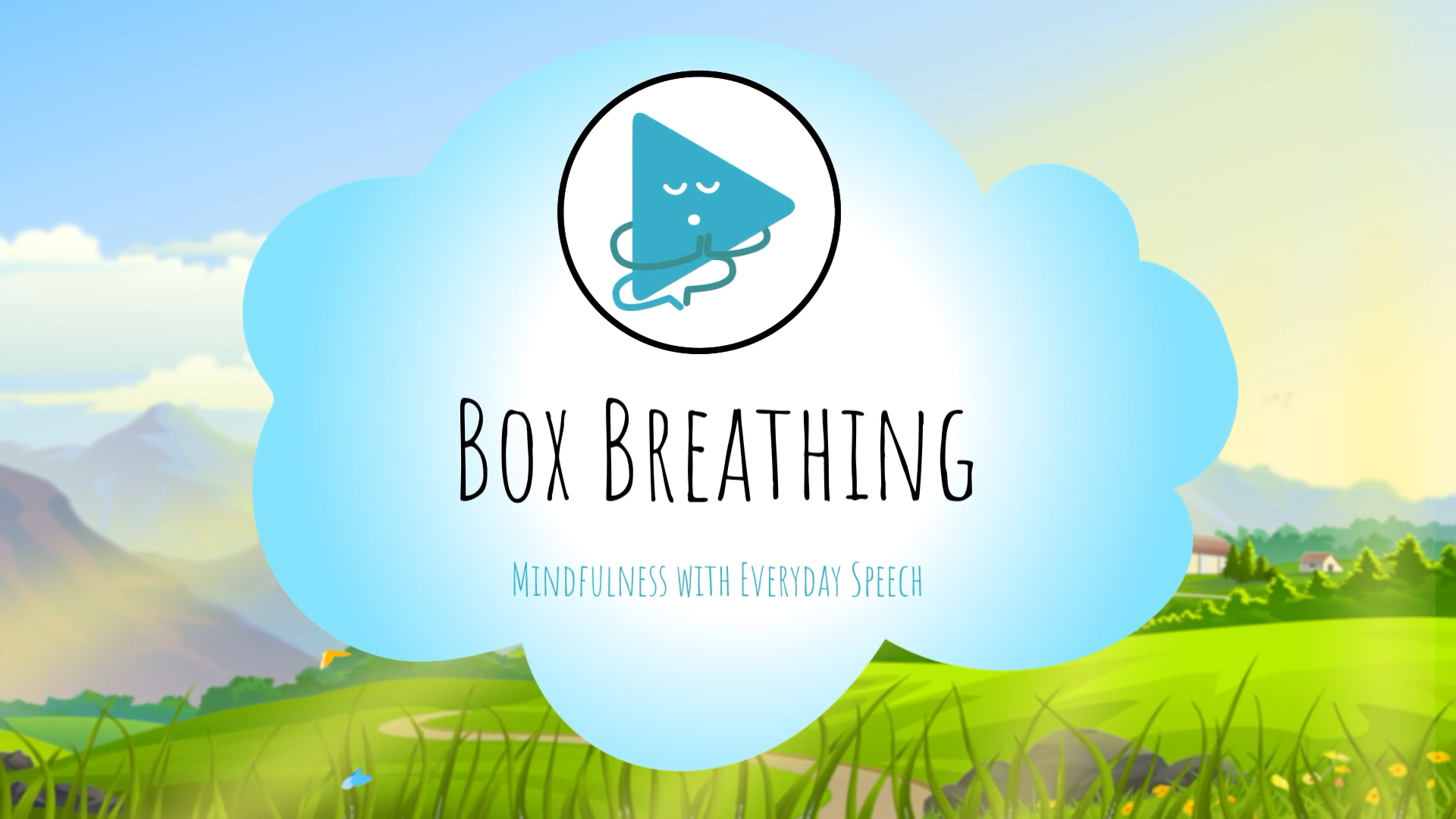
Introduction
Deep breathing is a powerful tool that helps the brain return to a calm state of mind, allowing individuals to think clearly and calmly. It can be particularly useful for students who may experience worries, angers, and fears during their school day. In this blog post, we will discuss a specific deep breathing technique called Box Breathing, which can be easily practiced and incorporated into a student’s daily routine.
No-Prep Activity: Box Breathing
Box Breathing is an easy-to-learn activity that requires no preparation or materials from the educator. Here’s how to practice Box Breathing with your students:
- Explain to students that they will be tracing an imaginary box on a surface or their body.
- Have students choose a starting point on the lower corner of their imaginary box.
- Instruct students to breathe in for a slow count of four seconds as their finger traces up the side of the box.
- Hold the breath for four seconds.
- Exhale for four seconds while tracing down the other side of the box.
- Hold the exhale for four seconds and return to the starting point.
- Repeat the cycle as many times as needed until the students feel calm.
Practicing this type of breathing when students already feel calm helps them learn how to do it when they really need it, such as in a moment when they’re not so calm.
Discussion Questions
Use these questions to stimulate further discussions about Box Breathing and its benefits:
- Can you think of a time when you would use Box Breathing at home? When are other times you could use this technique?
- How does Box Breathing help you manage your emotions and reactions to different situations?
- Do you know of any other breathing exercises that you find helpful in staying calm and focused?
- How can practicing Box Breathing regularly improve your overall well-being and ability to handle stress?
- What other strategies can you use in conjunction with Box Breathing to maintain a calm and focused state of mind?
Related Skills
In addition to Box Breathing, there are other relevant skills that can help students develop a calm and focused mindset:
- Mindfulness: Encouraging students to be present and fully engaged in the moment can help them better manage their emotions and reactions.
- Progressive Muscle Relaxation: Teaching students to tense and relax different muscle groups can help them release physical tension and promote relaxation.
- Visualization: Guiding students through mental imagery exercises can help them create a sense of calm and focus.
- Positive Affirmations: Encouraging students to use positive self-talk can help them build self-esteem and confidence in managing their emotions.
Next Steps
Box Breathing is just one of many techniques that can be used to promote a calm and focused state of mind in students. To explore more social-emotional learning resources and skills, we encourage you to sign up for free samples of our materials at Everyday Speech. By incorporating these tools into your teaching, you can help your students develop the skills they need to navigate their emotions and reactions in a healthy and constructive manner.

